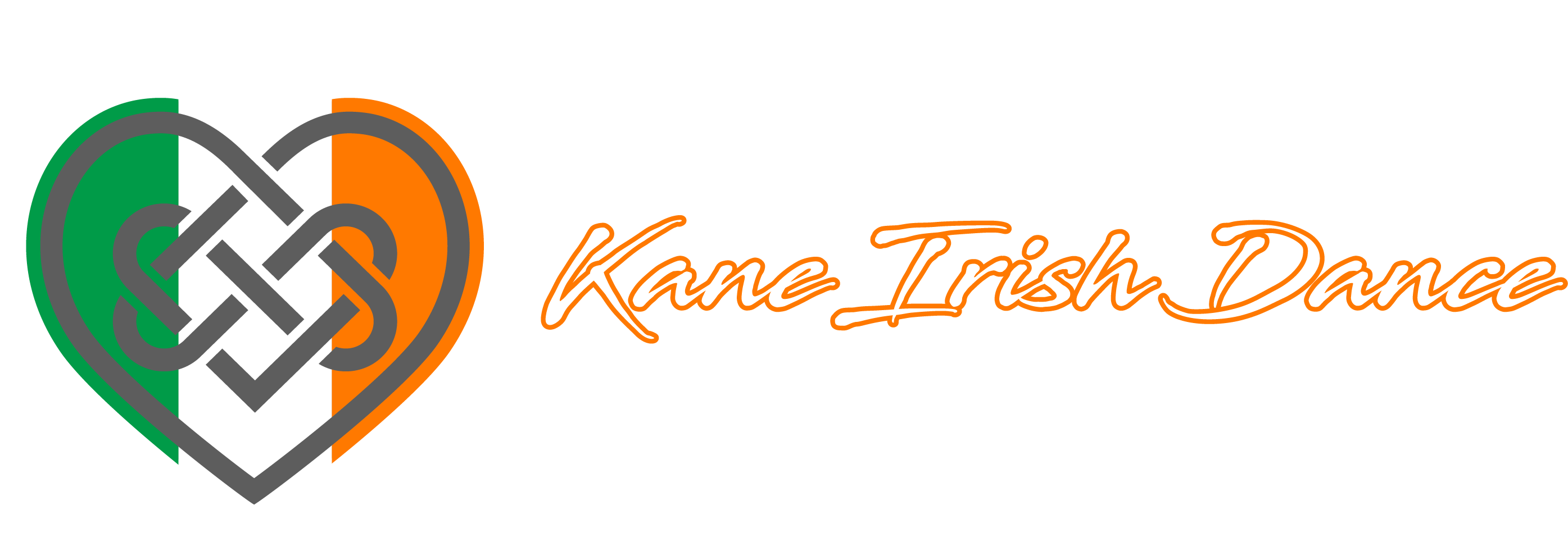[ad_1]
The History of Irish Dance Feiseanna: A Rich Tradition
Irish dance feiseanna, or competitions, have a long and fascinating history that has shaped the art of Irish dance into what it is today. From its ancient roots to its modern-day prominence, the feis has played a crucial role in the preservation and evolution of Irish dance. In this article, we’ll uncover the history of Irish dance feiseanna and explore their impact on the dance form.
The Origins of Irish Dance Feiseanna
Irish dance has a rich and storied past that dates back centuries. The earliest records of Irish dancing can be traced to the Celtic people, who celebrated their culture and heritage through dance. The tradition of the feis, or festival, was integral to the social and cultural fabric of ancient Ireland, encompassing music, dance, and other artistic expressions.
Feiseanna were held to honor and celebrate significant events, such as weddings, religious ceremonies, and seasonal festivals. These gatherings provided a platform for dancers to showcase their skills and compete in friendly, but spirited, contests. Dance was not only a form of entertainment but also a way of preserving and passing down the traditions and customs of the Irish people.
The Revival of Irish Dance Feiseanna
During the 19th and early 20th centuries, Irish dance experienced a resurgence in popularity, thanks to the efforts of cultural revivalists who sought to reclaim and celebrate their Irish heritage. Organizations such as the Gaelic League and the Irish Dance Commission played a pivotal role in promoting Irish dance and organizing feiseanna as a means to preserve and showcase the art form.
The revival of Irish dance was strongly linked to the political and cultural movements that sought to assert Irish identity and autonomy. As a result, feiseanna became a symbol of Irish resilience and pride, embodying the spirit of the Irish people and their unwavering commitment to their cultural heritage.
The Evolution of Irish Dance Feiseanna
Over time, Irish dance feiseanna have evolved to reflect the changing dynamics of the dance form and its growing international appeal. The traditional solo dances, such as the reel, jig, and hornpipe, have been complemented by group dances, such as ceili and figure dancing, which are integral to the feis experience.
- Feiseanna have embraced innovation, incorporating modern choreography, music, and costumes while still honoring the traditional elements of Irish dance.
- The competitive nature of feiseanna has intensified, with dancers striving for technical perfection and artistic creativity to distinguish themselves in a highly competitive field.
- The global reach of Irish dance feiseanna has expanded, with competitions held not only in Ireland but also in countries such as the United States, Australia, and Canada, where Irish dance has gained a devoted following.
The Impact of Feiseanna on Irish Dance
Feiseanna have had a profound influence on the development and popularization of Irish dance, shaping its identity and fostering a deep sense of community among dancers, teachers, and enthusiasts. The competitive nature of feiseanna has raised the standard of Irish dance, propelling it to new heights of technical and artistic excellence.
Moreover, feiseanna have provided a platform for dancers to showcase their talents, gain recognition, and pursue professional careers in Irish dance. Many world-renowned dancers, such as Michael Flatley and Jean Butler, have risen to prominence through their success in feiseanna and have contributed to the global appeal of Irish dance.
Conclusion: Honoring Tradition and Embracing Innovation
Irish dance feiseanna continue to uphold the rich traditions of Irish dance while embracing innovation and modernity. As a testament to the enduring legacy of Irish dance, feiseanna play a vital role in preserving the cultural heritage of the Irish people and promoting the art form on a global stage.
From its ancient roots to its contemporary prominence, the feis has remained a symbol of Irish identity and resilience, embodying the spirit of the Irish people and their unyielding commitment to their cultural heritage. Whether celebrating tradition or embracing innovation, the feis stands as a testament to the enduring beauty and vitality of Irish dance.
[ad_2]
